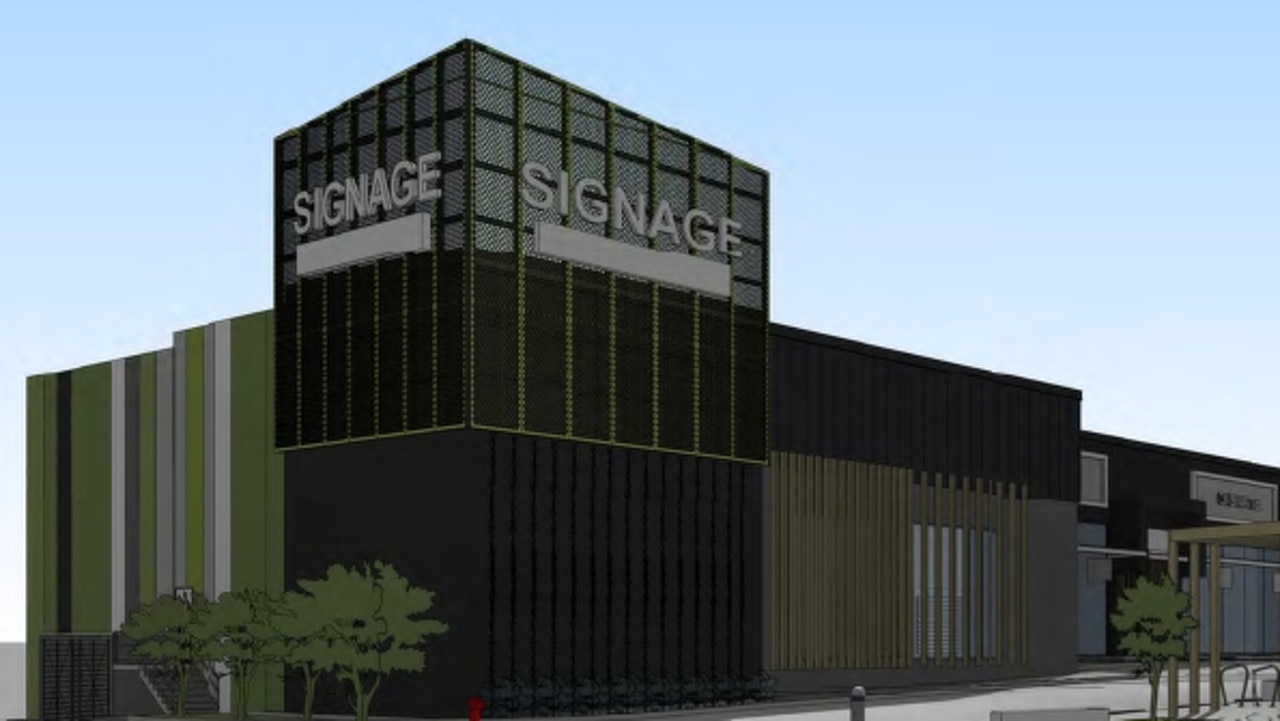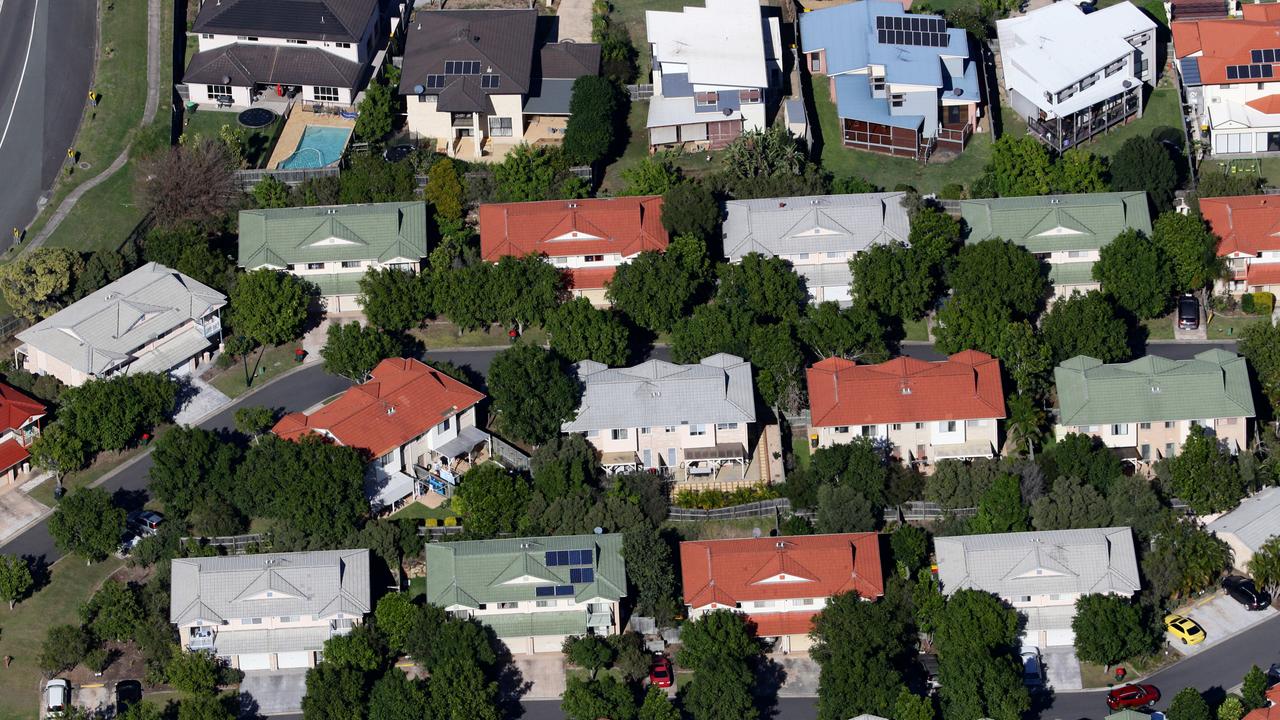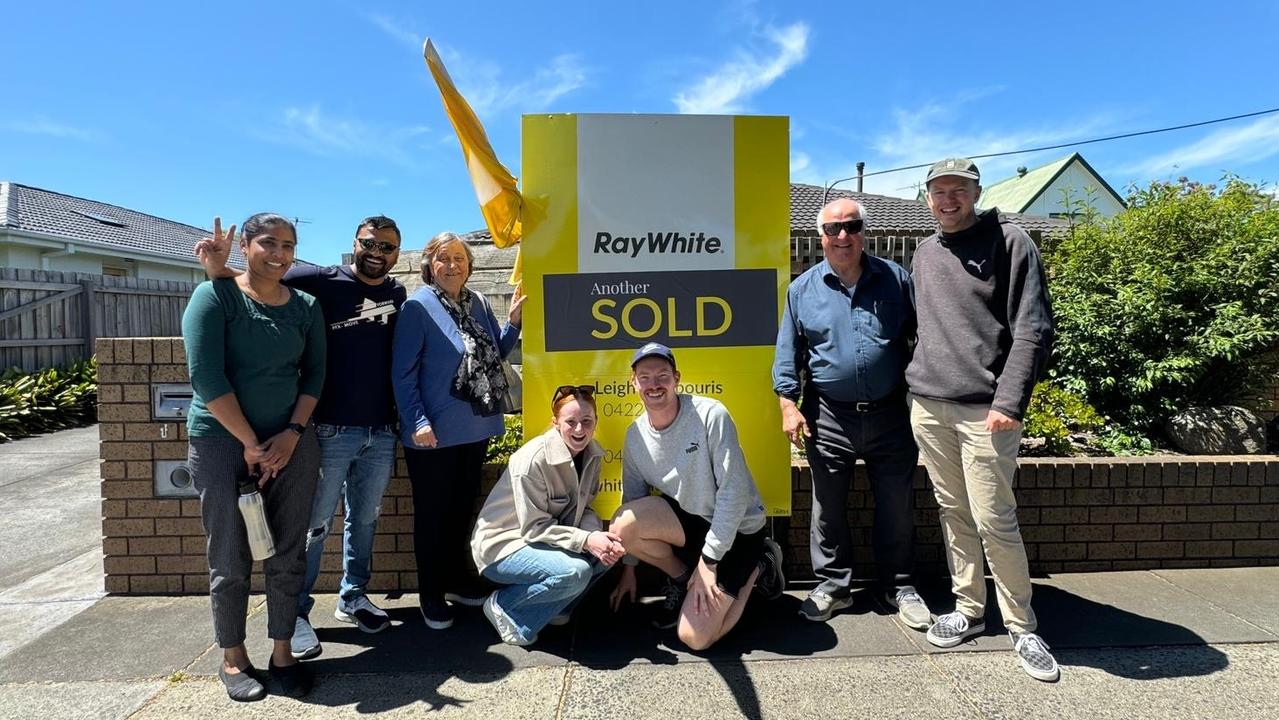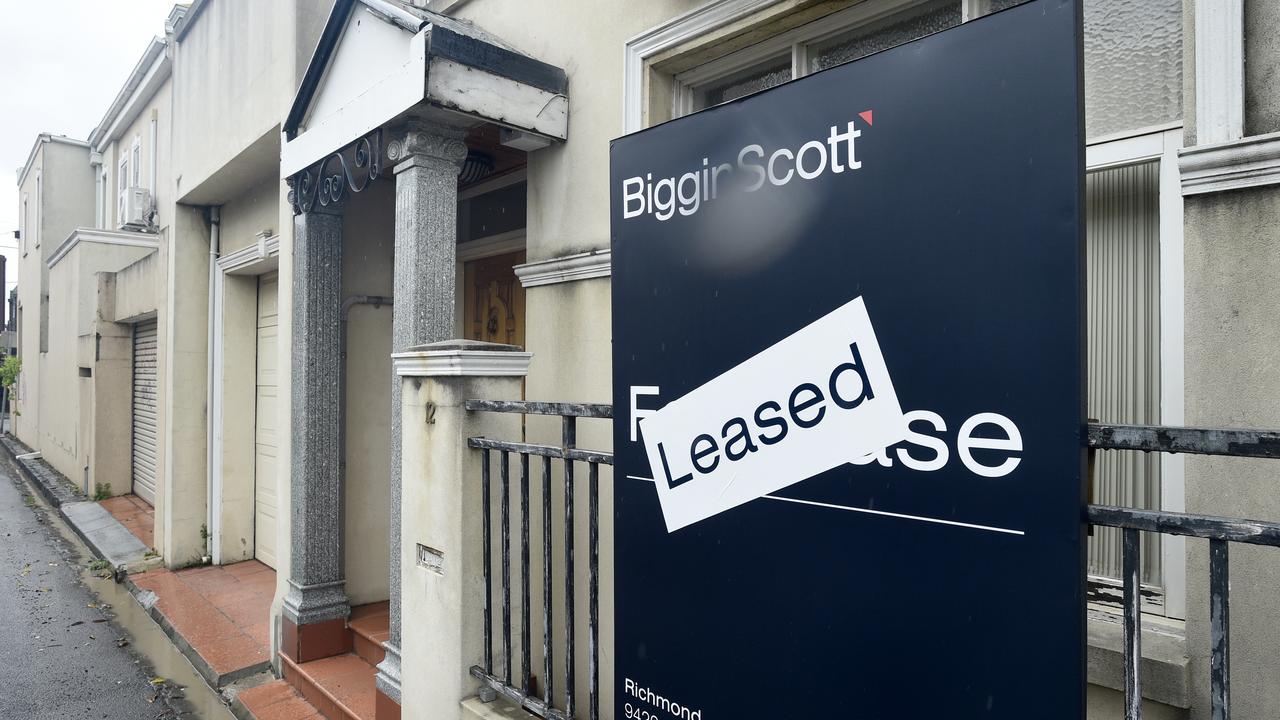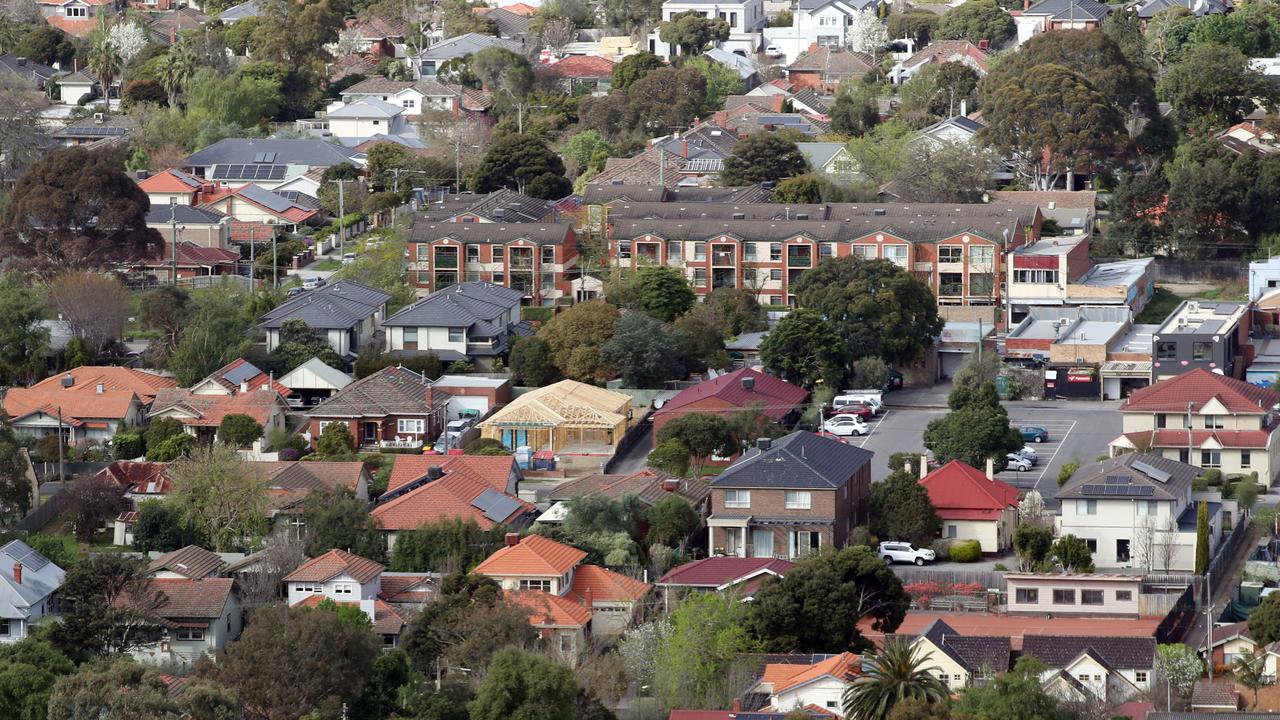Tips for first home buyers to get a foot in the property door
Entering the housing market during a cost-of-living crisis is tough, but there are still several sources of help.

Property
Don't miss out on the headlines from Property. Followed categories will be added to My News.
The biggest barrier blocking home ownership is often scraping together enough cash for a decent deposit.
A 20 per cent deposit – which many borrowers need to avoid potentially-expensive lenders mortgage insurance – now tops $130,000 for a median-priced home in every state capital city courtesy of rising prices over the past decade.
That’s way more than most twenty or thirty-somethings can save over many years, particularly as high living costs have stripped so much spare cash from bank accounts and household budgets.
It’s why recent research by mortgage broker Resolve Finance found more than half of renters believe a first home is out of reach for them. Awareness of options is low, it found, with just 39 per cent planning to use government assistance schemes that allow people to buy property with much less.
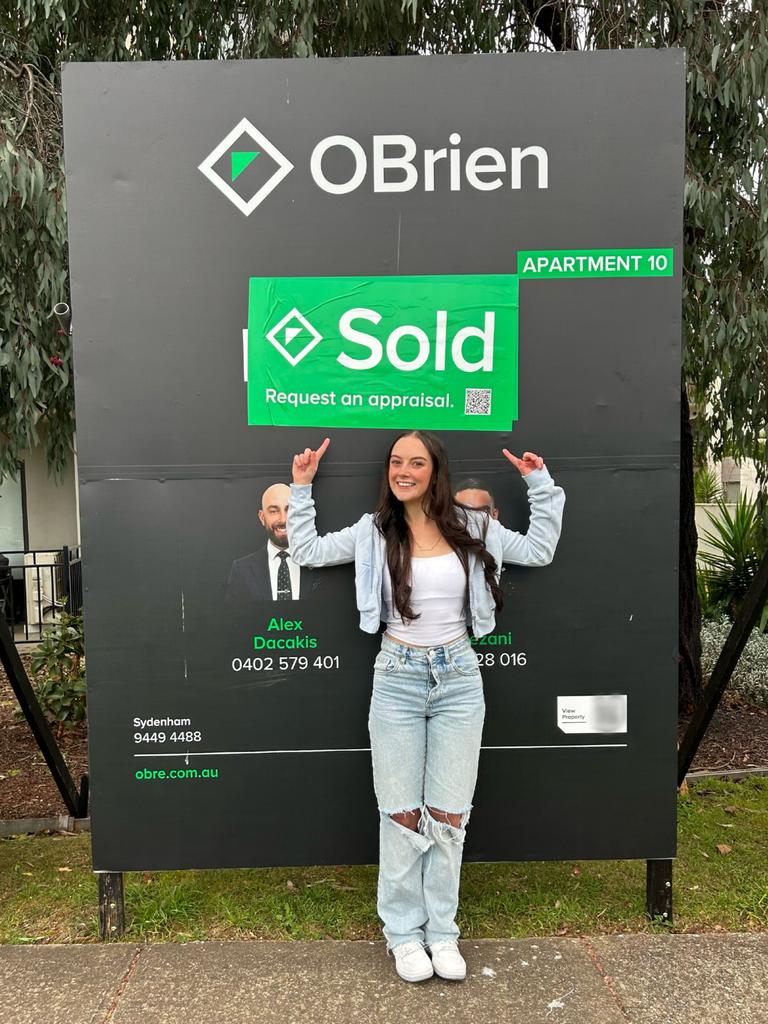
The Bank of Mum and Dad is booming, but this can be a lottery for young adults because many parents are not in a financial position for help.
Without parental cash, buying property is tough, but not impossible.
There are success stories, including Jasmine Brennan, 24, who bought her first home – an apartment – in September last year using the First Home Guarantee Scheme in which she contributed $21,000 including fees.
“I did it completely on my own … I am in fact the first person in my immediate family to have ever owned a home,” she says.
Here are three ways to avoid a big deposit.
GOVERNMENT HELP
State governments across Australia give out grants to first home buyers, usually for new home purchases, while the federal government offers several financial assistance options.
The First Home Guarantee Scheme contributes up to 15 per cent of the 20 per cent home deposit, allowing people to buy with just 5 per cent and avoid paying LMI. There is a related scheme for single parents that enables them to buy with just a 2 per cent deposit.
Both schemes have limited places each year and conditions including property price caps apply.
SHARED EQUITY
Shared equity schemes involve governments or non-profits taking a stake in the home you buy. It may mean your deposit is as low as 2 per cent, but the provider takes a share of profit when you later sell – unless you buy back their share earlier.
There are several state-based shared equity schemes, and a national Help to Buy scheme should start this year.
TEAMING UP
More people are considering pooling their savings with someone else – often a sibling – to jointly buy property. While this reduces deposit sizes, strong agreements should be in place.
More young adults are also making their first home an investment property, so they can live at home with parents while tenants help pay their loan. People can perhaps look beyond the Bank of Mum and Dad – cashed-up grandparents or other relatives may be prepared to buy a stake in an investment property.
More Coverage
Originally published as Tips for first home buyers to get a foot in the property door




